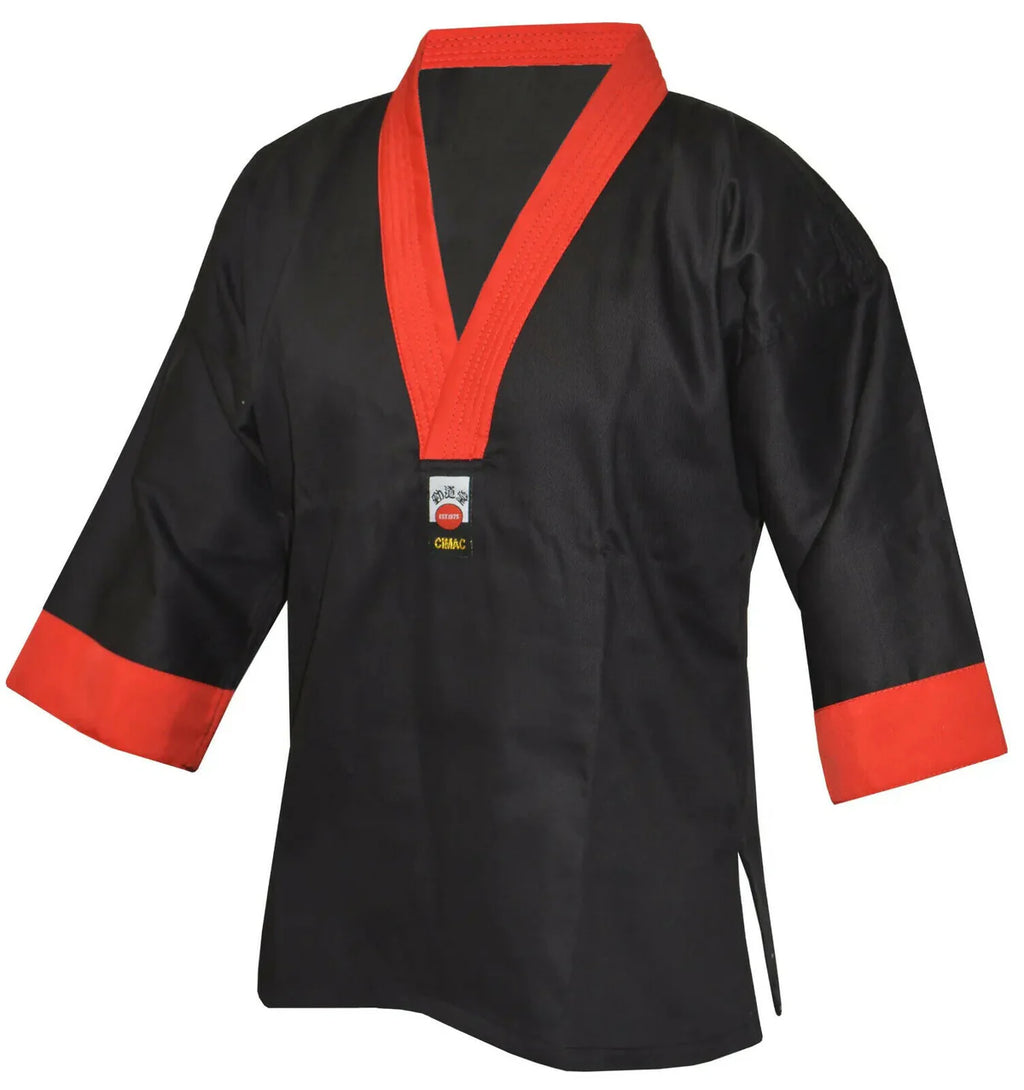Selecting the best martial arts equipment is a crucial part of your training journey, regardless of whether you are just get started or seeking to upgrade your gear. With different styles and disciplines, the options available can appear overwhelming. From uniforms and protective gear to training tools, picking the best items can improve your performance, ensure safety, and promote a deeper connection to the art you engage with.
When it comes to martial arts gear, grasping the unique requirements of your selected discipline is essential. Different martial arts have special needs, and the right equipment can make a substantial difference in your practice. In this guide, we will explore crucial considerations, tips, and recommendations to help you find your way through the world of martial arts equipment and make educated choices that will enhance your training and development.
Types of Martial Arts Equipment
When immersing into the realm of martial arts, it's important to familiarize yourself with the various types of equipment you'll encounter. The most prevalent category of martial arts equipment includes protective gear, which is vital for guaranteeing safety during training and competitions. Items in this category typically consist of headgear, mouth guards, gloves, shin guards, and chest protectors. Each item serves a distinct purpose, from protecting your head and dentition to safeguarding your vital organs and limbs from impact.

Another important category of martial arts equipment is practice equipment. This includes items that help practitioners improve their skills and techniques. Common examples are training pads, heavy punching bags, and focus mitts. These tools are designed to enhance impact strength, precision, and coordination. When choosing training gear, it's vital to consider your specific martial art style and training needs, as the right equipment can significantly enhance your performance.
Finally, there's the type of practice equipment, which is customized for refining techniques and forms. This equipment often includes arms, such as swords, nunchaku, or bo staves, depending on the martial art you practice. Additionally, topstar-sports , known as gis or doboks, fall under this category as well. Selecting the suitable practice equipment not only demonstrates your commitment to your martial arts discipline but also ensures you practice efficiently and respectfully.
Choosing the Best Gear
Choosing the right martial arts gear is crucial for not only safety and performance. Begin by considering the kind of martial art you train in, as requirements can differ significantly. For example, taekwondo practitioners need distinct gear than those who practice in Brazilian jiu-jitsu. Investigate the specific protective equipment suggested for your discipline, including gloves, shin guards, and headgear, to ensure you are well-equipped for training and competitions.
Afterward, focus on the fit and comfort of your gear. It is essential that each piece not only meets the safety standards but also is appropriately. Ill-fitting gear can restrict movement or cause distractions during training. When trying on equipment, make sure you can move comfortably and perform your techniques without any hindrance. Always consult sizing charts provided by manufacturers to find the best fit for your body type.
Ultimately, consider the quality and material of the martial arts gear you choose. Investing in high-quality equipment will ensure durability and improved protection during practice. Look for brands reputed for their reliability and read reviews from other martial artists. Although it may be attractive to go for cheaper options, remember that quality gear can improve your training experience and eventually save you money in the time to come.
Taking Care of Your Equipment
Adequate maintenance of your equipment is vital for guaranteeing its durability and performance. Consistently inspect your equipment for any signs of wear and tear, such as tattered components, cracked pads, or lost fasteners. Maintaining your equipment in good condition not only boosts your safety during training but also contributes to a better overall experience. Make sure to store your gear in a dry place to prevent damage from humidity and extreme temperatures.
Washing your martial arts gear is another important aspect of maintenance. Moisture, dirt, and germs can accumulate on your equipment over time, resulting in unpleasant odors and skin irritations. Adhere to the producer's instructions for cleaning certain products. For uniforms, a soft wash with cold water is sufficient. For protective equipment like gloves and shin guards, a quick wipe down with a damp cloth and gentle cleanser can help keep them functional.
Lastly, be aware of the duration of your gear. Different types of gear have unique lifespans and should be updated from time to time. For instance, you may need to replace hand gear or training mats after extensive training, while clothing may last for a while with proper care. Maintain a consistent schedule for checking your equipment, and don’t hesitate to invest in new equipment when needed to ensure peak performance and safety during your training sessions.
